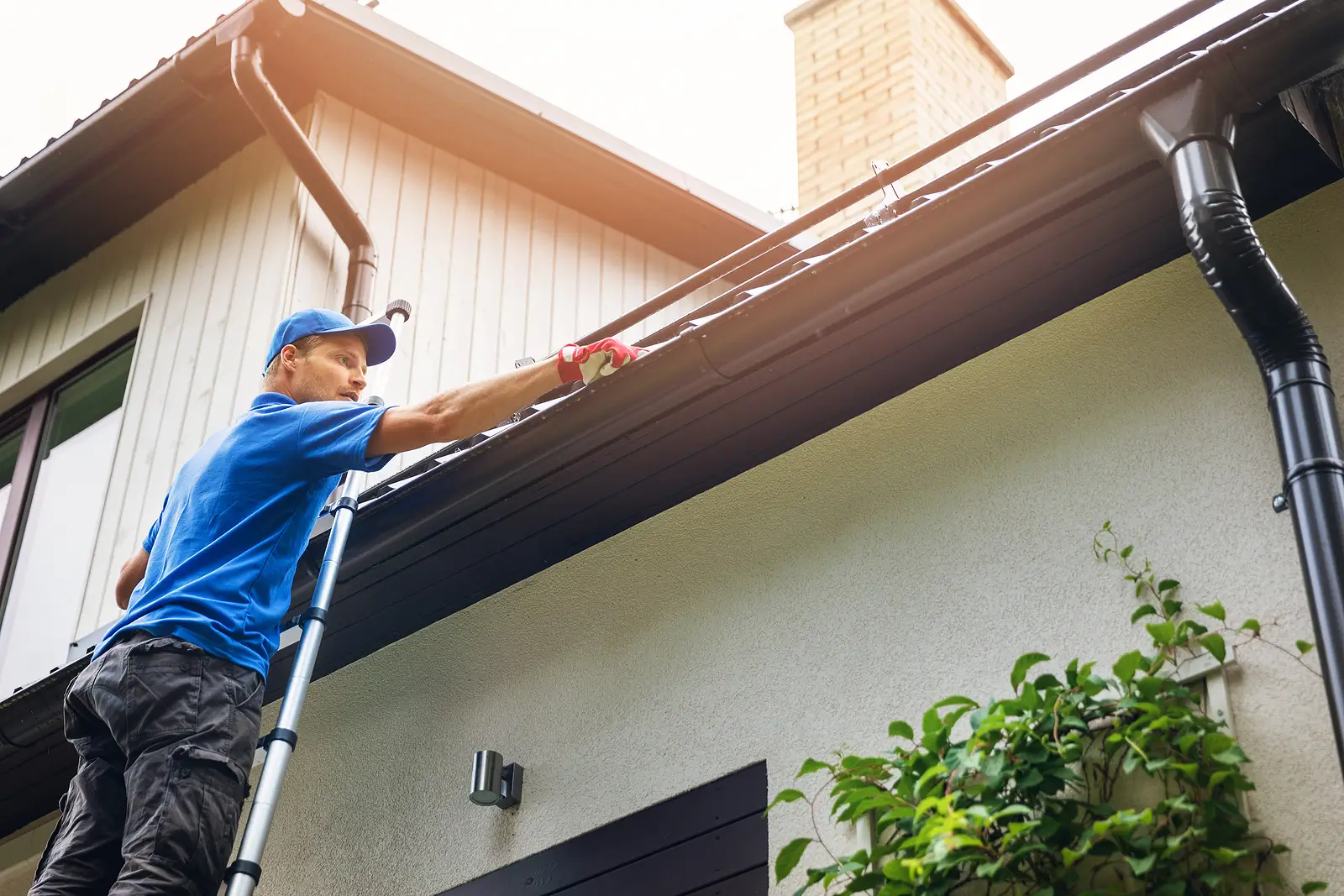Owning property in Florida comes with unique rewards—sunshine, stunning coastal views, and strong investment opportunities. However, it also comes with unique challenges, especially when it comes to property upkeep. The true cost of postponed maintenance in Florida’s climate is often much higher than owners expect. Delaying home repairs can lead to hidden costs that add up over time. When minor issues are ignored, emergency repairs often skyrocket, leaving property owners paying the price for deferred maintenance.
Whether it’s residential homes in Fort Walton Beach or larger commercial properties, the combination of heat, humidity, salt air, and heavy storms can turn small issues into major, costly problems. At All American Realty and Investment Group, we’ve seen firsthand how deferred maintenance costs compound, jeopardizing tenant satisfaction, property value, and long-term investment goals.
Key Takeaways
Delaying maintenance increases future costs exponentially, especially in Florida’s harsh climate.
Hidden costs, such as higher energy bills and safety risks, often outweigh the perceived savings.
A growing deferred maintenance backlog can lead to system failures and emergency repairs.
Preventive maintenance programs are far more cost-effective than addressing major repairs.
Partnering with an experienced property manager helps maximize property value through strategic asset management.
Understanding the Deferred Maintenance Backlog
Many property owners struggle with a maintenance backlog due to budget constraints, staffing shortages, or inadequate investment in upkeep. While delaying maintenance may seem like a way to cut costs temporarily, in reality, it creates a snowball effect.
The Government Accountability Office and General Services Administration both report that ignoring small repairs eventually leads to exponentially higher costs. For Florida property owners, where humidity accelerates mold, corrosion, and structural damage, even missing shingles or small leaks can rapidly escalate into expensive repairs.
A significant deferred maintenance backlog not only drives up direct costs but also leads to indirect costs, such as reduced efficiency, higher energy bills, and decreased property value.
Emergency Repairs vs. Scheduled Maintenance
One of the most damaging consequences of delaying maintenance is the likelihood of emergency repairs. Florida’s climate doesn’t give property owners much time to procrastinate—small maintenance issues can become major repairs overnight after a tropical storm or heavy rainfall.
Instead of saving money, owners are left facing costly repairs that often require immediate attention and cause significant disruptions for tenants. In contrast, scheduled maintenance and a preventive maintenance program spread out maintenance costs and prevent sudden budget shocks.
The difference is clear: emergency repairs cost more, take longer, and reduce tenant confidence, while routine maintenance and proactive planning protect your property and your wallet.
Budget Constraints and Long-Term Costs
Every property owner deals with budget constraints, but neglecting maintenance is not the answer. Deferred maintenance costs don’t disappear; they accumulate. When ignored, they resurface as future costs that are often much greater than the original maintenance tasks would have been.
For example, failing to replace an aging HVAC filter may save a few dollars today, but over time, it causes critical components to fail, leading to expensive repairs or a full system replacement. Similarly, ignoring annual upkeep like roof inspections can result in structural damage, mold, and safety hazards that drive repair bills far higher than the cost of regular maintenance.
The lesson? Inadequate investment now means higher costs later.
Direct Costs vs. Indirect Costs
When evaluating the true costs of deferred maintenance, it’s important to look beyond the obvious. Direct costs include repair costs, labor, and materials, but the indirect costs can be even more damaging.
Reduced tenant satisfaction from repeated maintenance issues.
Decreased property value due to visible neglect.
Increased energy costs from reduced efficiency of aging systems.
Potential safety hazards that expose owners to liability.
By prioritizing repairs and maintaining a preventative maintenance program, owners protect themselves from these cascading consequences.
Deferred Maintenance in Commercial Properties
For owners of commercial properties in Fort Walton Beach, the stakes are even higher. Facilities managers must balance maintenance budgets with tenant expectations while also adhering to industry-wide benchmarks for asset management.
Commercial properties often involve more complex maintenance projects—from HVAC systems to elevators to parking structures. When deferred repairs pile up, they not only result in increased repair costs but also disrupt business operations, leading to lost revenue.
The federal government and local government alike have learned hard lessons from crumbling infrastructure caused by ignoring public assets. The same principle applies to private investments: neglect today leads to long-term costs tomorrow.
Annual Upkeep and Proactive Maintenance
The most effective way to solve the deferred maintenance dilemma is with annual upkeep and a proactive approach. A preventative maintenance program ensures that maintenance tasks are handled regularly, keeping properties properly maintained and avoiding the buildup of deferred maintenance needs.
Key strategies include:
Establishing a realistic maintenance budget.
Creating a calendar of scheduled maintenance.
Hiring qualified maintenance teams to handle maintenance projects.
Monitoring critical components for signs of reduced efficiency.
Partnering with an experienced property manager to oversee asset management.
This approach not only saves money but also protects the environmental impact of unnecessary waste and keeps your property attractive to current and future tenants.
FAQs about Deferred Maintenance in Florida
1. Why does Florida’s climate make deferred maintenance more costly?
Florida’s heat, humidity, and salt air accelerate deterioration, meaning problems like leaks, corrosion, and mold spread much faster than in other climates. This leads to higher repair costs when maintenance is ignored.
2. How can property managers help with deferred maintenance?
Property managers provide expert oversight, ensuring routine maintenance is completed on time, budgets are properly allocated, and deferred repairs don’t spiral into major repairs.
3. What’s the difference between preventive and deferred maintenance?
Preventive maintenance involves addressing maintenance needs before they become issues, while deferred maintenance delays repairs to save short-term costs. Preventive care leads to saving money and preserving property value, while deferral results in exponentially higher costs.
Solving the Deferred Maintenance Dilemma
In Fort Walton Beach, property owners can’t afford to underestimate the actual cost of deferred maintenance in Florida’s climate. From budget constraints to emergency repairs, every delayed decision compounds into greater financial, structural, and tenant-related challenges.
The good news is that with proactive maintenance, strategic asset management, and the support of a dedicated property manager like All American Realty and Investment Group, property owners can protect their investments, minimize risks, and maximize property value for the long term.
By tackling the deferred maintenance backlog today, you’ll avoid paying the price for deferred maintenance tomorrow. Contact us today to learn more.



